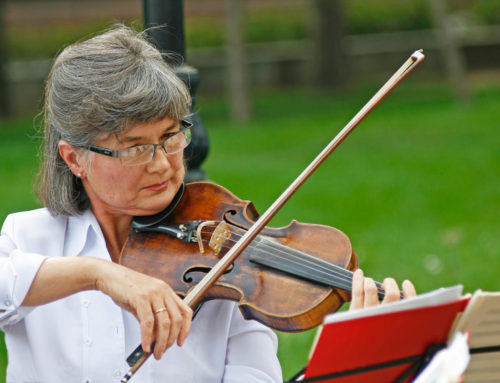Share This Story!
Keeping The Mind Younger, Longer
As the human brain ages, changes take place. As the brain changes, so does mental functioning. Mental deterioration is one of the most dreaded consequences of aging. But this is not inevitable. People can maintain a youthful mind by practicing physical and mental activities on a daily basis. Here are some key activities to help.
Activate brain cells
When the brain is stimulated by activity, new connections are generated between nerve cells. This process is known as neuroplasticity and such activity builds up a reserve of functions that protects against future brain cell loss. Any type of mentally stimulating activity can help to maintain a youthful brain from sudoku to crosswords puzzles, and also things that require manual dexterity such as painting or drawing.
Get physical
People who get physical exercise are giving their brain a work out at the same time. Regular exercise increases the number of small blood vessels which transport oxygen-rich blood to the area of the brain responsible for thinking. Physical exercise also increases the connections between brain cells.
Learn an instrument
Learning to play an instrument gives the brain a total workout. Not only that, playing music is emotionally rewarding. Studies show that musical training can change the function and structure of the brain. Furthermore, playing an instrument can improve mental clarity and long-term memory. Music can also help unlock memories in people with advanced dementia.
Take a class
Learning something new can slow down cognitive aging. Exposure to new ideas and new people can challenge the mind and help improve memory. Learning a complex skill such as quilting or photography exercises both working and long-term memory.
Volunteer
Volunteering not only provides a sense of purpose, but it’s also good for maintaining a youthful mind. Volunteering reduces anxiety and depression and makes people feel happier and healthier. Becoming a volunteer is also a good way to meet new people and increase communication skills.
Food for thought
Diet plays an important role in maintaining a youthful brain. Eating foods that are rich in antioxidants can help neutralize harmful free radicals which can help prevent them from breaking down neurons the brain. Antioxidants can be found in colorful fruits and vegetables, legumes, nuts, and whole grains.





